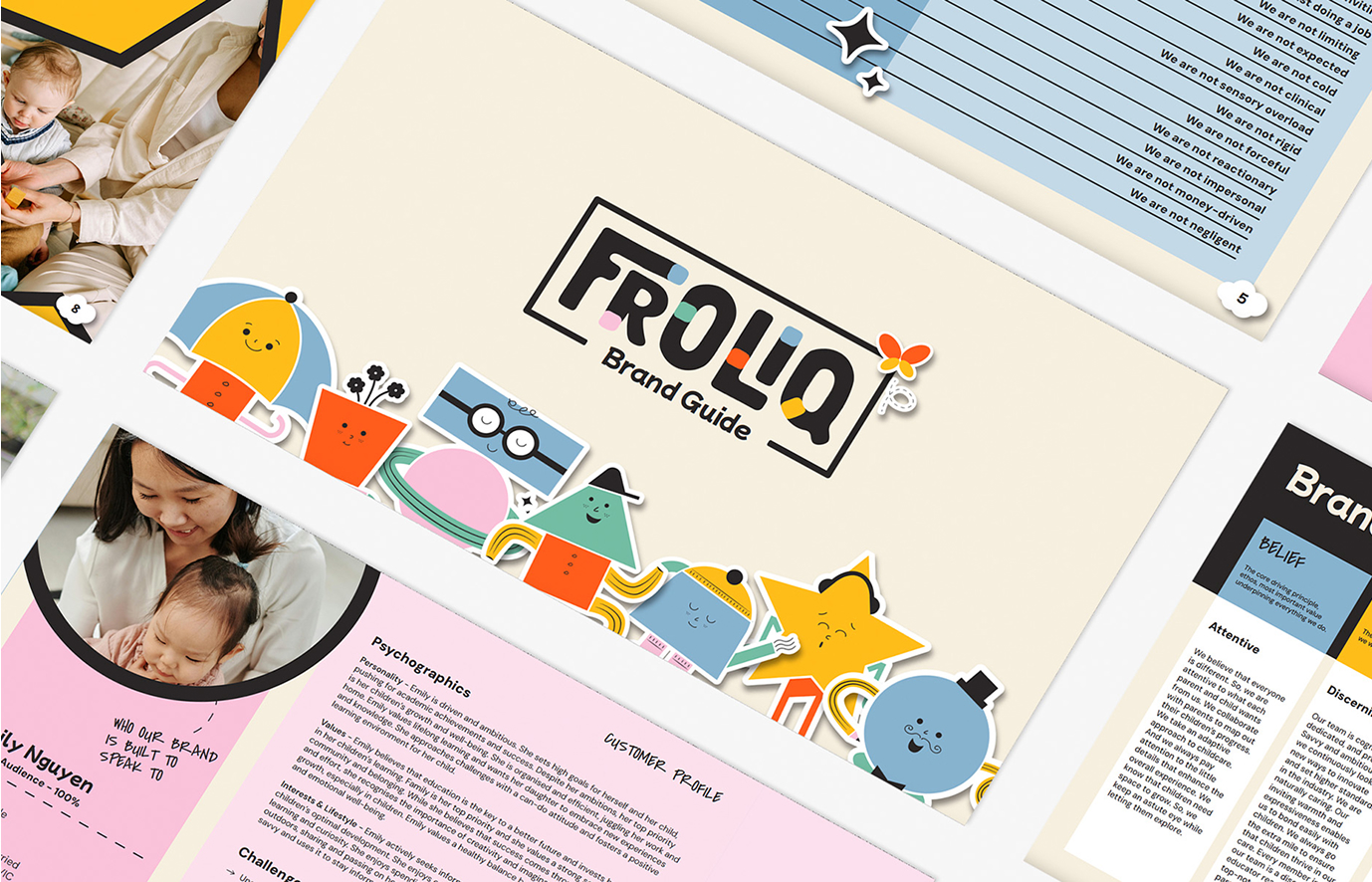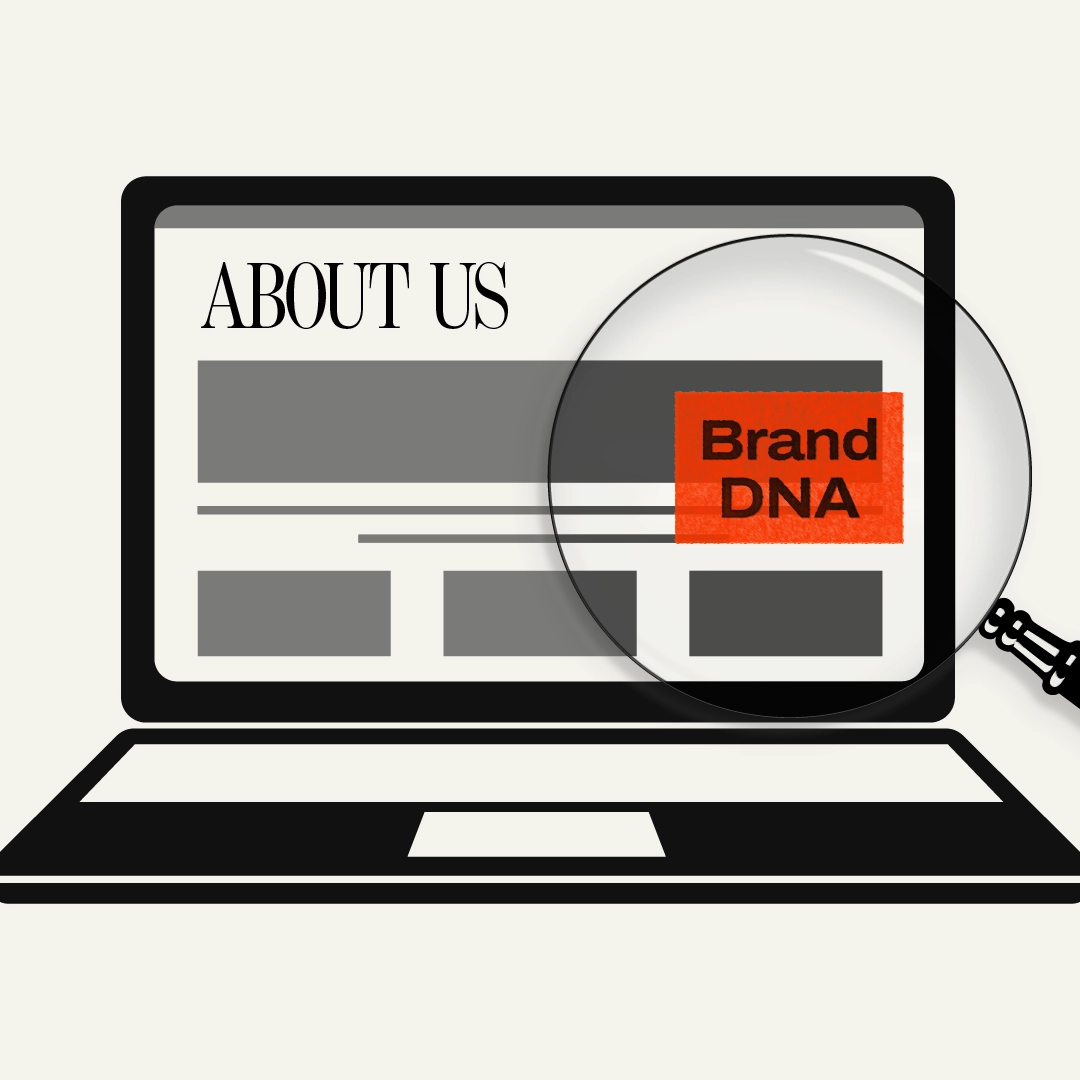

Microsoft
BRAND DESIGN
Microsoft, the world-renowned technology company, showcases a logo that features the brand name in bold, simple lettering with a distinctive square symbol above the "o," symbolizing a window into the digital world. Microsoft's marketing strategy revolves around innovation, empowerment, and seamless integration, targeting businesses and consumers with a wide range of software products and services. Through compelling advertising campaigns, strategic partnerships, and relatable storytelling, Microsoft positions itself as a trusted ally in the digital age, enabling individuals and organizations to achieve their full potential. Microsoft focuses on research and development, quality control, and scalability to create robust and secure software solutions that meet the evolving needs of its customers. With its dedication to bringing cutting-edge technology and transformative experiences to millions of users worldwide, Microsoft continues to be a dominant force in shaping the future of technology and empowering individuals and businesses alike.
BRAND HISTORY
Microsoft is an American multinational technology company that has been revolutionizing the digital landscape since its founding on April 4, 1975. With a wide range of offerings, Microsoft has cemented its status as a powerhouse in the tech industry, providing businesses and individuals with innovative products and services that empower creativity and productivity.
When it comes to products and services, Microsoft has become a household name. You're probably familiar with some of their most iconic creations, like the legendary Microsoft Windows operating system and the game-changing Microsoft Office suite, featuring essential tools like Word, Excel, and PowerPoint. However, Microsoft's offerings go beyond that - they also provide cloud computing services through Azure, business solutions with Microsoft Dynamics, and developer tools such as Visual Studio, giving entrepreneurs and developers the tools they need to bring their visions to life.
Let's take a moment to appreciate the visionaries who kicked off this technological revolution—Bill Gates and Paul Allen, childhood friends who co-founded Microsoft and shaped the growth of personal computers. Bill Gates, a name that needs no introduction, served as CEO until 2000 and continued to make an impact as chairman and chief software architect until 2014. On the other hand, Paul Allen left Microsoft in 1983. Still, he remained on the board until 2000, leaving an indelible mark on the company's trajectory.
Throughout its history, Microsoft has continued to evolve under the leadership of visionary CEOs who have guided the company through significant transformations. From the Gates era to the Ballmer era and now under the leadership of Satya Nadella, Microsoft's journey mirrors the incredible shifts in technology itself, from personal computers to cloud computing and artificial intelligence. This commitment to innovation has allowed Microsoft to stay ahead of the curve and shape the digital landscape.
Microsoft's impact extends beyond its creations - it is known for making strategic acquisitions that expand its capabilities and influence. Significant acquisitions like LinkedIn, Skype, aQuantive, and the Nokia mobile phones division have bolstered Microsoft's presence in social media, communications, advertising, and mobile, reinforcing its commitment to providing seamless experiences across various platforms.
Tag
Wiki
Building brands with powerful market presence
The Accelerator

Leading Brands Choose us
Book in with one of our experts.
































































